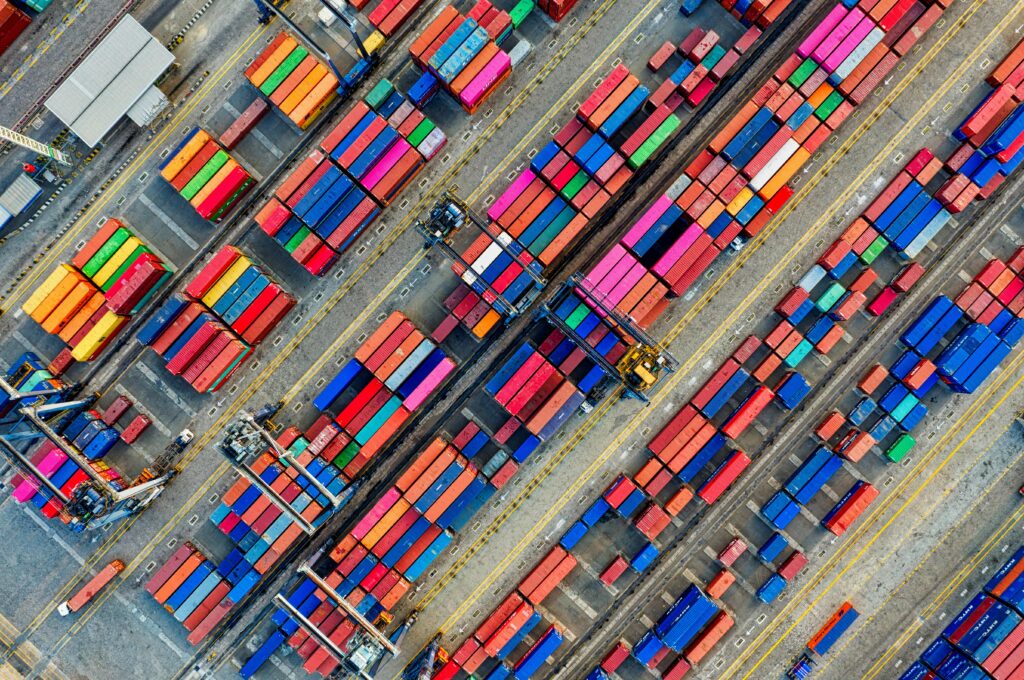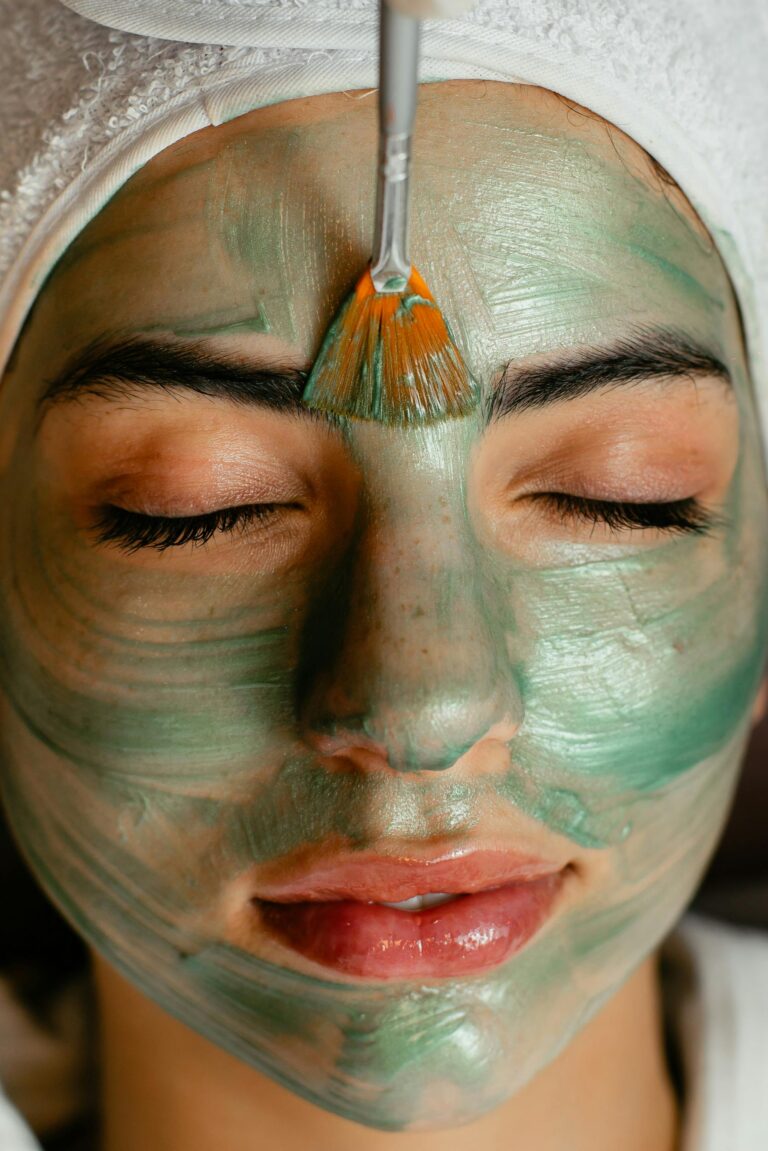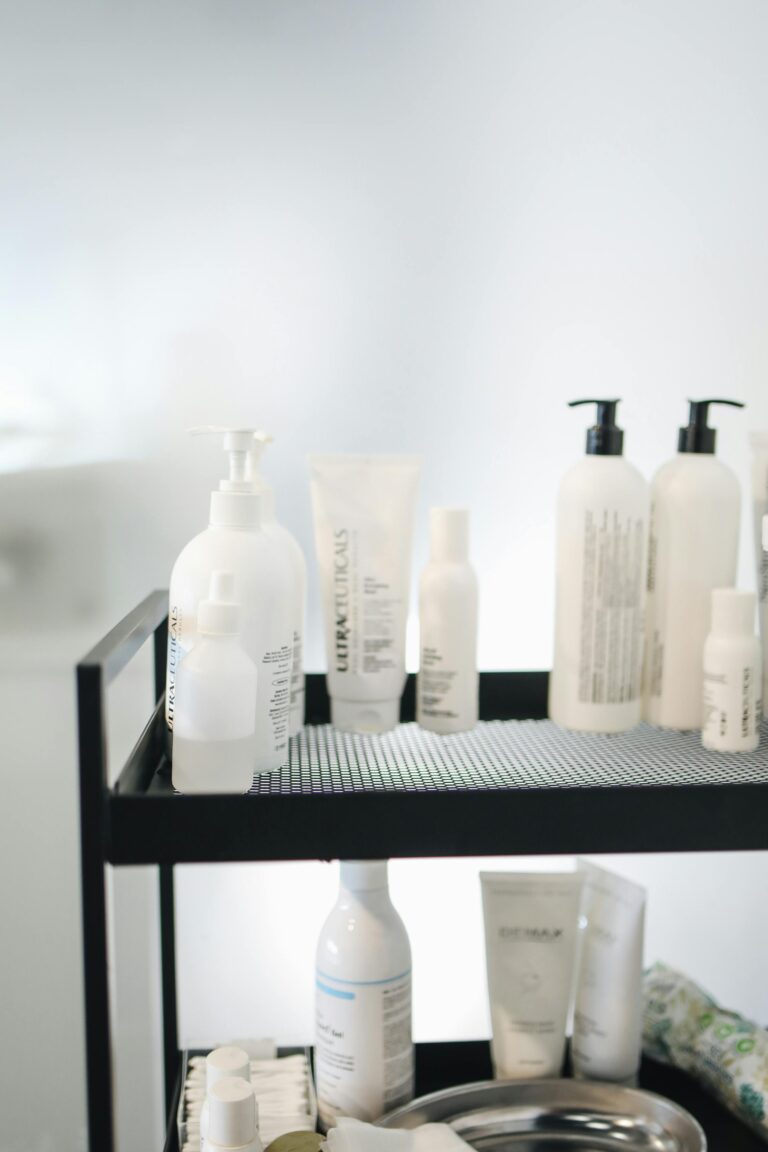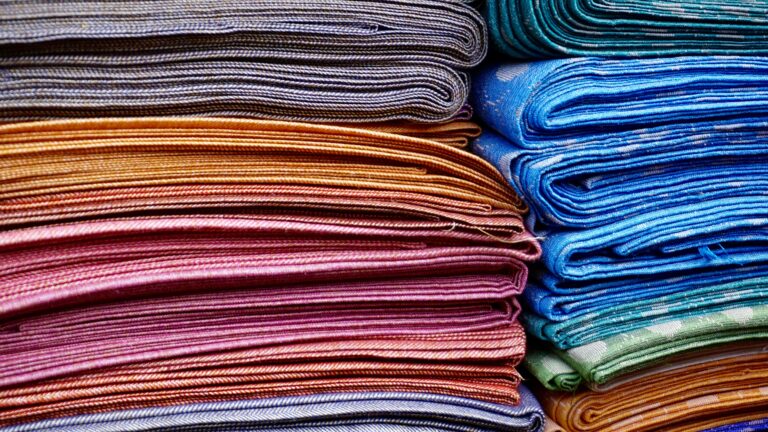Tariffs On Beauty Products: The Hidden Cost of Skincare and Makeup
Tariffs are making headlines across the globe, but there’s confusion and misinformation on how the tariffs will affect every day people and the products they buy. I’m going to break it down in an unbiased, non-political way, so that you can understand how tariffs impact your life down to the granular details, including your beauty and skincare routines.
What You’ll Learn
- What tariffs really are
- How tariffs affect the prices of your favorite beauty and skincare products
- What can you do in response to tariffs
What are Tariffs?
Simply put, tariffs are taxes that governments choose to impose on imported goods (e.g., anything brought into the United States from another country). Companies that import materials or goods into the country have to pay that tax, in addition to the cost of the imported good.
Because it costs more money to bring in the product, companies have two options:
- Raise their prices to maintain their profit margin OR
- Keep their prices the same and take a smaller profit overall.
Companies don’t usually sacrifice profit margins voluntarily; which means you pay that higher price.
Do Other Countries Pay Tariffs?
Despite what some politicians may claim – no, other countries do not pay American tariffs. The company that imports the goods (e.g., American companies) pay the tariff.
When the US government imposes a tariff on imported goods, it doesn’t send a bill to a foreign government. Instead, American importers are required to pay the extra tax when the items cross the border. In theory, the tariffs are used to incentivize American companies to produce goods within America’s borders to avoid paying an extra tax to sell their products.

Has the US Had Tariffs Before?
There are many times in history that the US has implemented tariffs on other countries.
The First US Tariffs
The 1789 Tariff Act was passed by Congress and signed into law by President George Washington. These tariffs were used to promote trade and generate revenue for the government.
The Next Major Tariffs
The Smoot-Hawley Act – passed in 1929 during the stock market crash – imposed tariffs by an average of 20%. Historians and economists believe that the tariffs exacerbated the market crash, with some arguing that tariffs were responsible for the failure of European banks due to a decline in America-European trade.
Post WWII Tariffs
It wasn’t until after World War II that the US stopped relying heavily on tariffs. Free trade policies were championed by politicians for many years to come, shaping our relationships with allies and paving the way for global trade.
That’s not to say that the US stopped imposing tariffs all together – many presidents over the years have used tariffs, including President Reagan, Nixon, and Bush. Even the Obama Administration imposed tariffs.
How Are These New Tariffs Different?
The major differences between the tariffs US consumers are facing now versus the ones imposed in past decades are two-fold:
1) the current administration has imposed unilateral and retaliatory tariffs on our allies
2) these tariffs are steep and indiscriminate, taxing every sector of life.
How Do Tariffs Affect Consumers?
Majority of economists agree that the additional cost imposed by tariffs are passed onto the consumer. In plain English, that means the consumer endures a higher tax on products. This price increase can be low, but they can also be extremely high.
Overall, some economists estimate that the current tariffs could cost the average American family an additional $5,000 a year.
But what if you buy only domestic goods? Unfortunately, most of our goods ‘Made in America’ use imported materials. That means that even domestically produced products will see an increase in price.
How Do Tariffs Affect the Beauty Industry?
The wellness and beauty industry thrives on global supply chains. Many parts of your skincare or beauty products come from different parts of the world. Most beauty products are packaged in China or Asia-Pacific countries. Ingredients in your luxury products may come from countries – think about ingredients like marine collagen, ginseng, and rice. All imported – and all incurring an additional tax.
So when tariffs hit, here’s what happens to your products:
- Higher Retail Prices: Your $35 serum might go up to $42 without any formula change.
- Fewer Product Options: Smaller businesses struggle more than conglomerate companies to pay for the tariffs upfront. They may be forced to cut back on importing specialty items, limiting innovation and variety.
- Delayed Launches: Companies may pause or slow down new product rollouts due to cost uncertainty.
- Quality Decline: Brands may try to cut costs by using less imported ingredients, leading to a decline in the quality you may be used to
In short, tariffs don’t just raise prices—they mess with your skincare and beauty shelf.
What Can You Do About Tariffs
Tariffs don’t benefit us, the American people. There are few people that benefit from the addition of tariffs and it’s important to let your state representatives know how tariffs affect you personally. You can visit the USA Government’s website to contact your elected representatives and tell them to stand up for your interests.
Have tariffs affected you? Let me know in the comments!






